Birth of the
Ioco Refinery
IOCO Memories
Chapter 1
Imperial Oil Refinery
The Imperial Oil refinery was one of the first refinery operations in Western Canada and a very significant site in the industrial development of British Columbia. The company started in 1880 in Sarnia, Ontario. By 1893, they branched across Canada and eventually opened Canada’s first service station in Vancouver, British Columbia, where gasoline was dispensed by a garden hose.
In 1911 a distribution facility was bought in Burnaby, when it was time to expand. They decided to buy 85 acres for a new plant on Burrard Inlet. Site clearing for the refinery began in 1914, by 600 men and 10 teams of horses. That work was followed by installation of the crude oil processing equipment in 1914. The refinery began operation in January 1915. With the construction of the Imperial Oil refinery north east of Port Moody in 1914, workers from across the country flocked to the area. By 1915, Imperial Oil employed about 240 men and produced up to 1,000 barrels a day.
The company quickly built two large bunkhouses and a dining hall to accommodate many of the workers but it was not enough. The Colony House boarded up to 50 men and 17 small cottages housed resident engineers and supervisors, mostly from Sarnia, Ontario. With just lanterns for lighting and wood stoves for heat, the conditions were harsh and dangerous. There was no road so many employees had to travel to and from Port Moody and Vancouver by boat. The employees started setting up shacks so they wouldn’t have to travel. With the population growing and conditions deteriorating, a movement toward establishing a proper town began. The company set up church service and a community hall for their employees on the refinery grounds so people could gather and enjoy until the town site could be built.
In 1921 houses began to be constructed. The company took care of employees and their families, by financing the building of the houses. Agreements were made to allow employees to get a set amount deducted from each paycheck, giving employees ownership at the end of 25 years. “At times, the Ioco refinery processed as much as 15,000-16,000 barrels per day” (Ralph Drew)
(Source: Imperial Oil Website, Town site Tales: Ralph Drew, PMHS Oral Histories)
Memorable Moments
William Petrie
At one time there were at least 12 of Dad’s descendants working at Ioco, and a few in-laws as well. There was a saying at the refinery, ‘Don’t say anything against the Petrie’s, you’re sure to be talking to a relative!’ I worked myself at Ioco for 37 years. My two sons and my grandsons all worked there at times.
Al Sholund
When the Imperial Oil Company set up B.C.’s first bulk storage plant in Ioco for gasoline, furnace oil and bunker fuel, there was no road to Ioco. The only transportation was by boat to Vancouver or Port Moody. Boats were run by the Harbour Navigation Company of Vancouver. The names Royalite, Premier, and Polarine were used as trade names for coal oil, gasoline, oil and lubricants. The “Polarine” was the name of one of the sturdy vessels that plied back and forth from Ioco to Vancouver and up and down the coast. In the year 1916, the words “Polarine Motor Oil” adorned the tanks and fuelling sheds at the refinery.
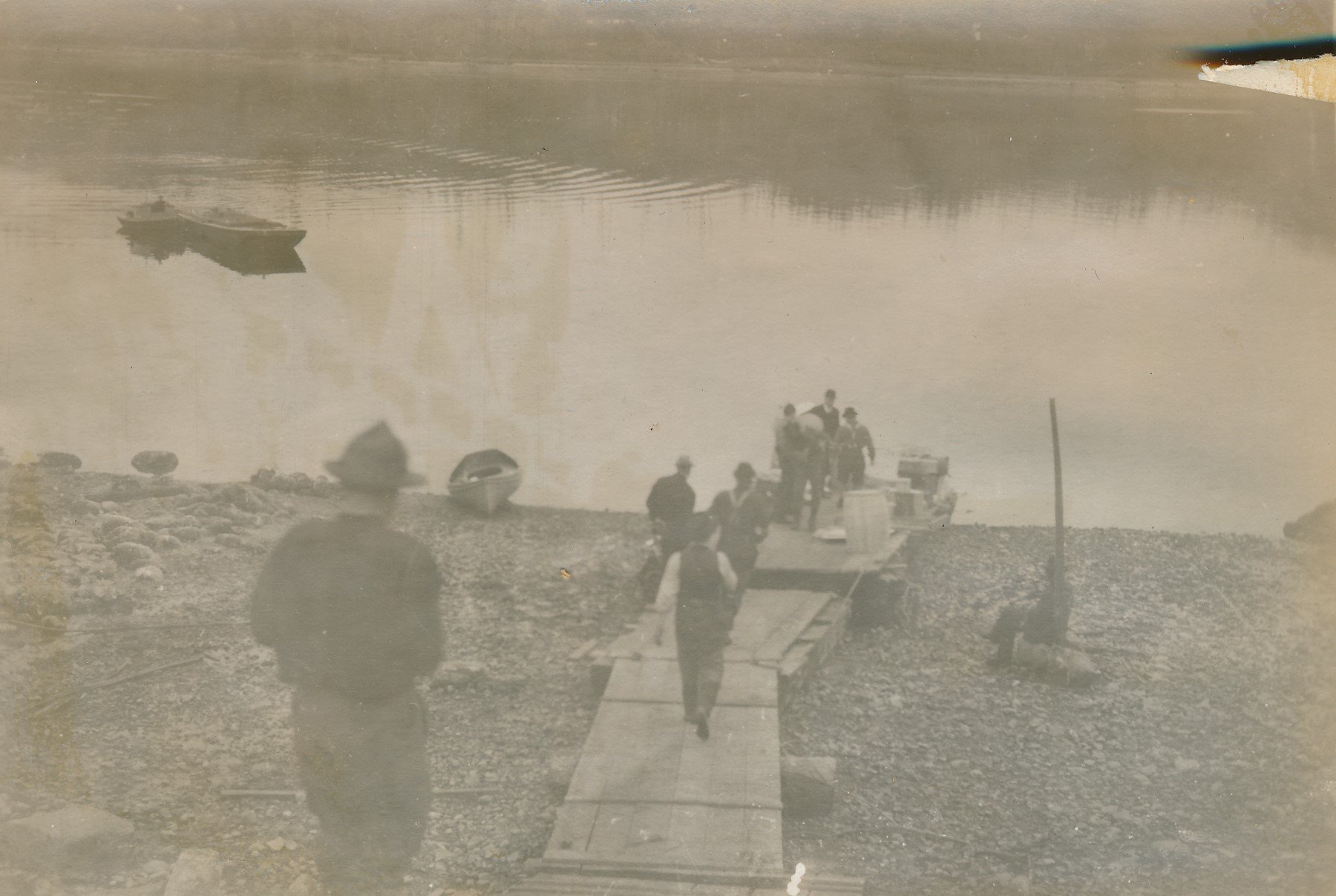
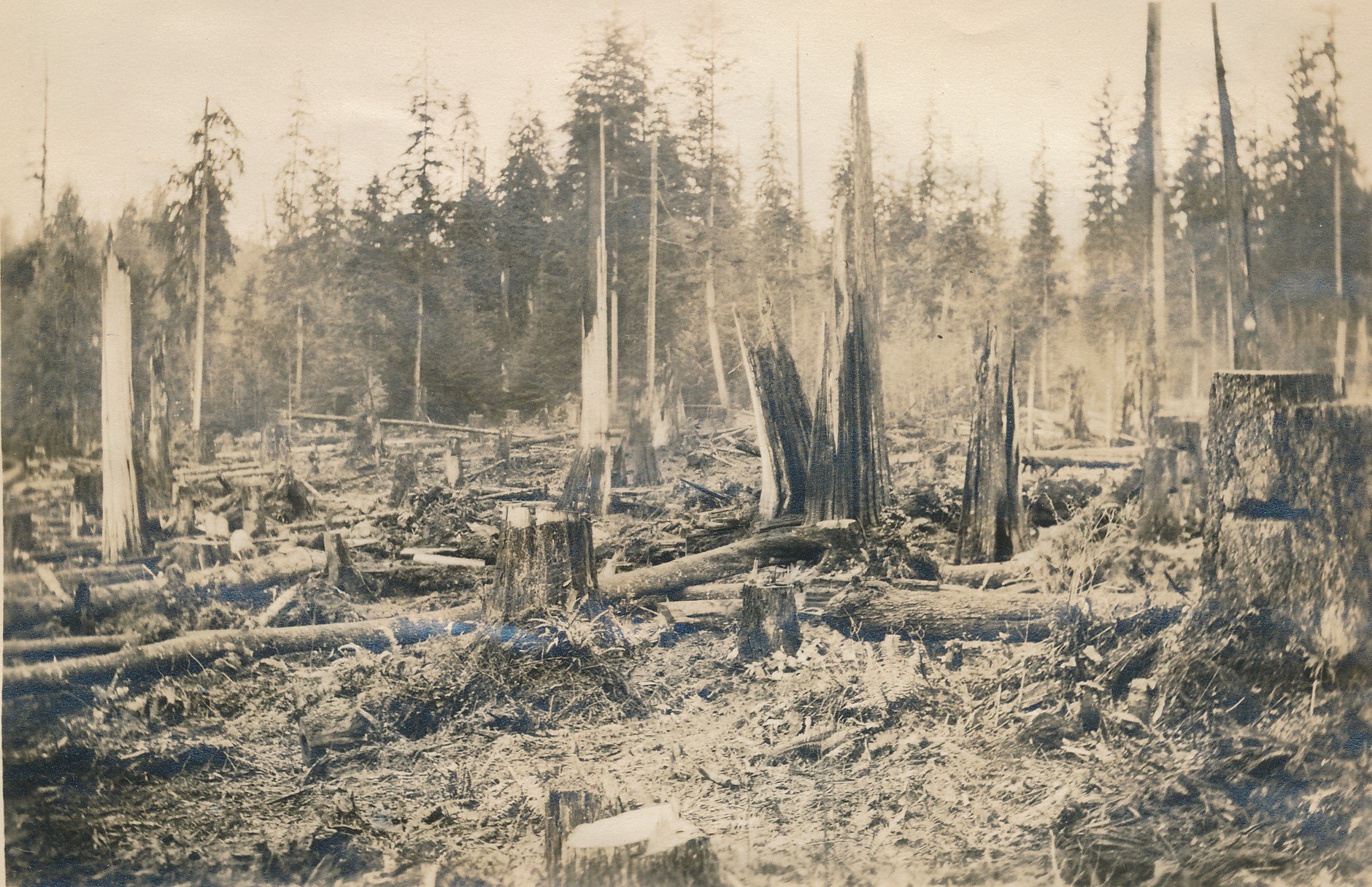
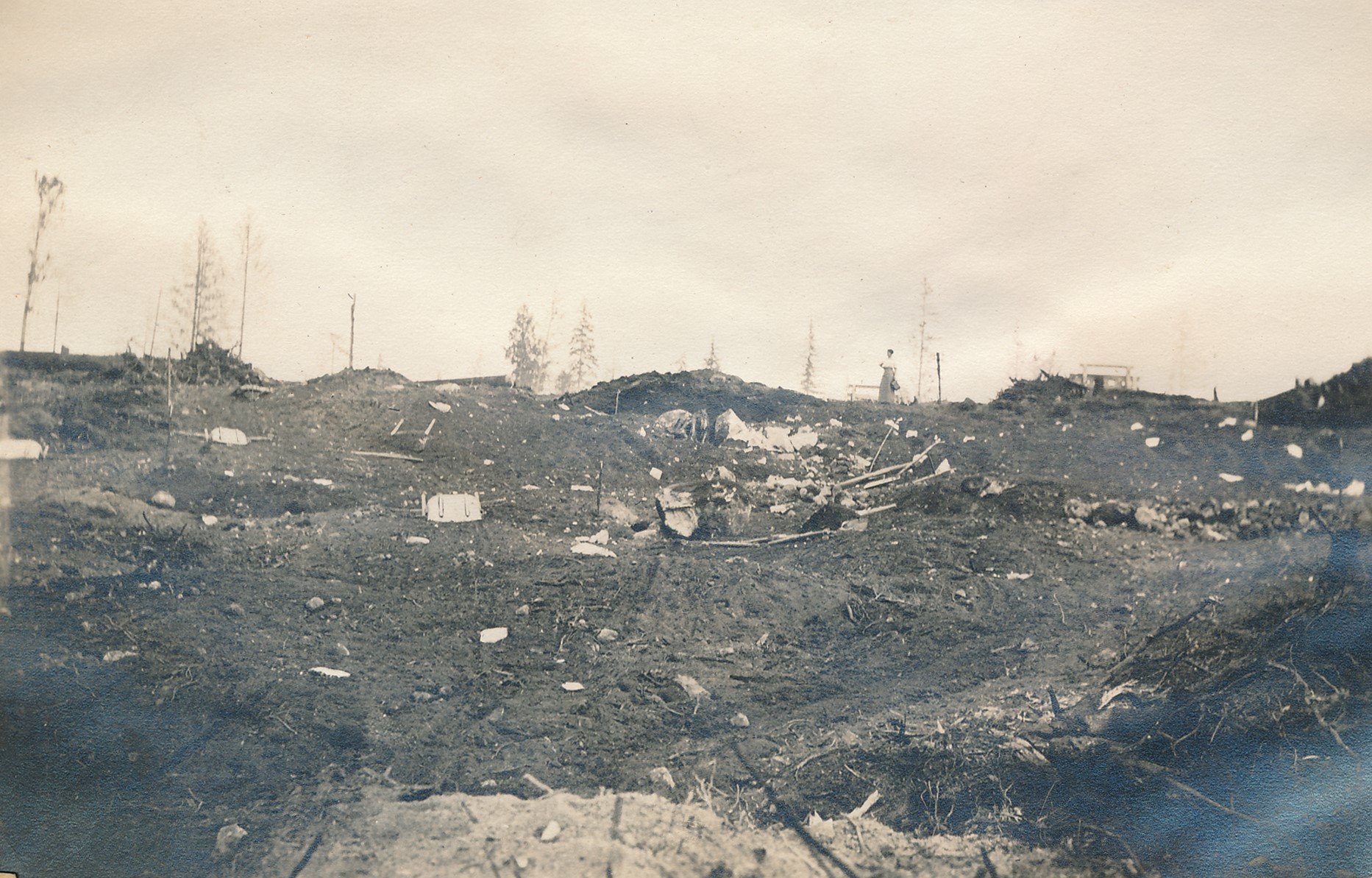
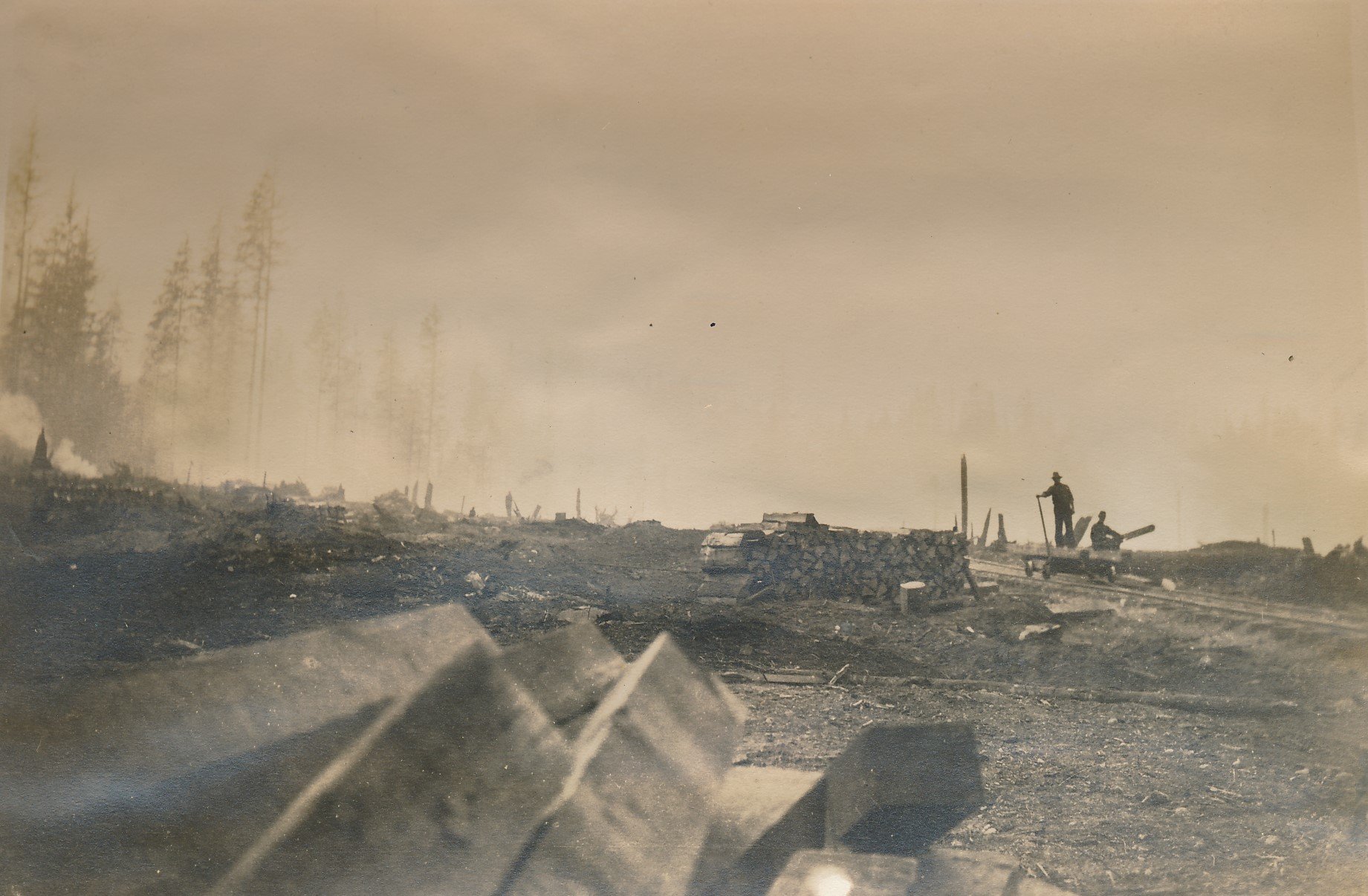
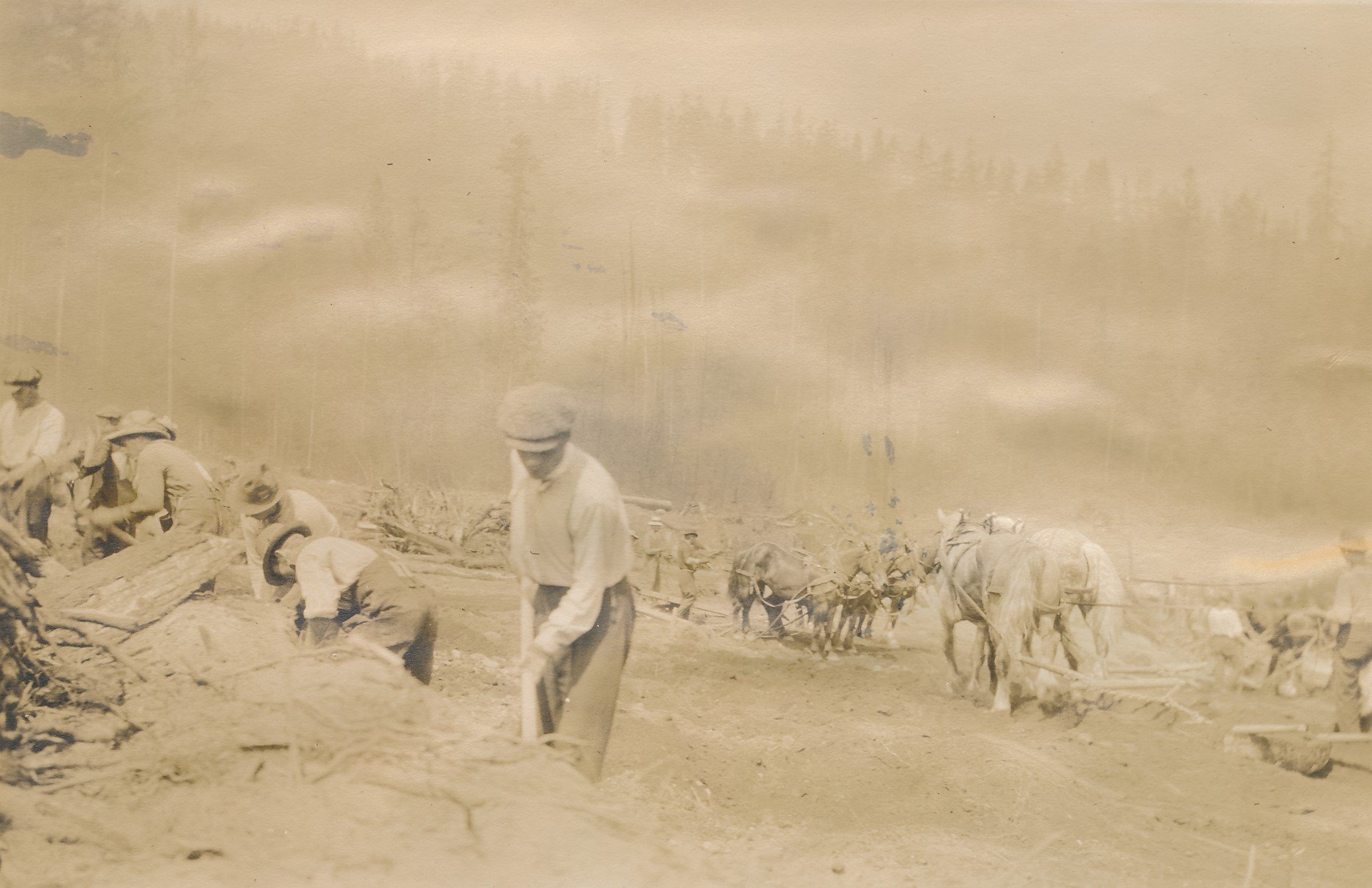
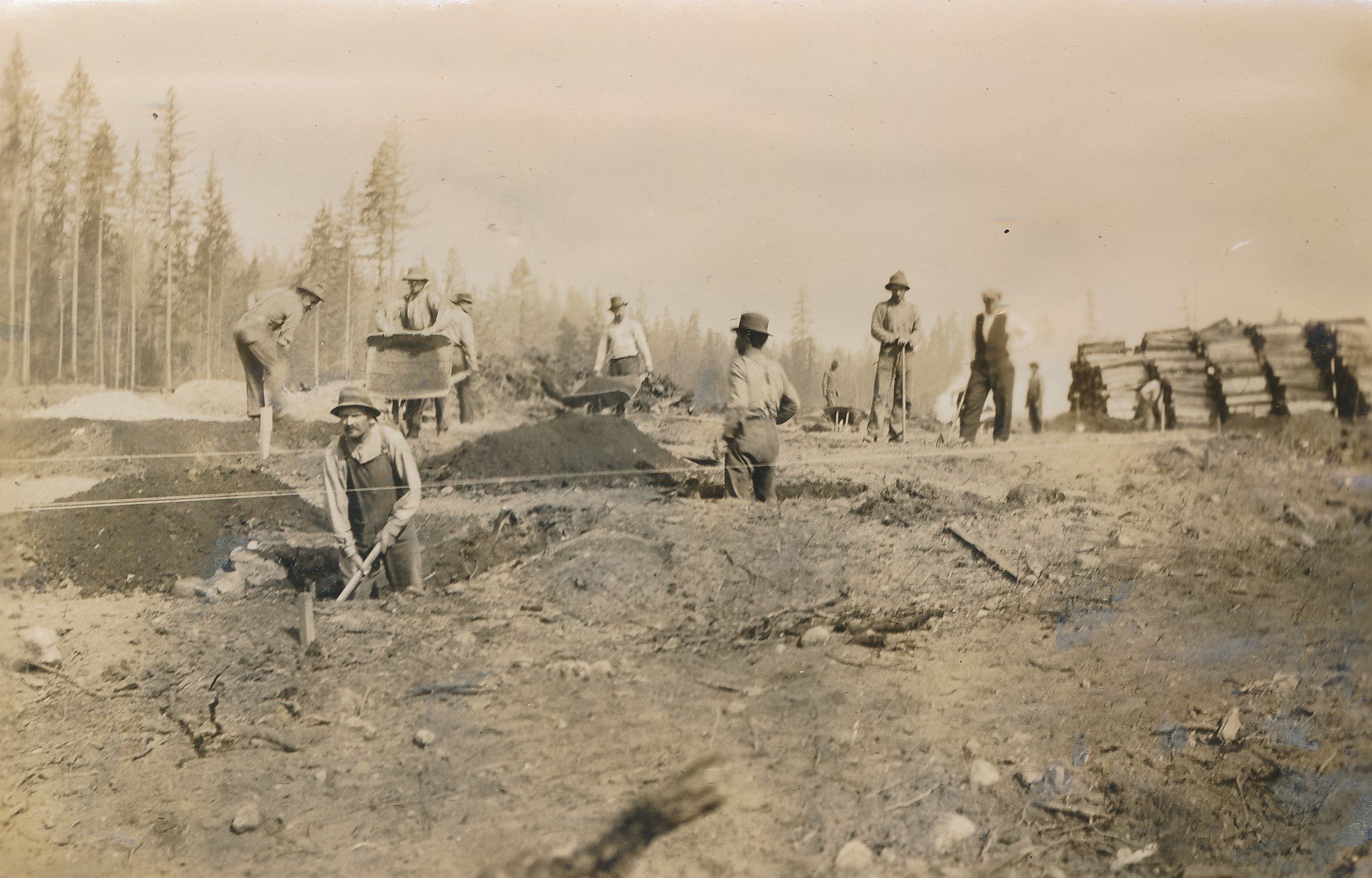
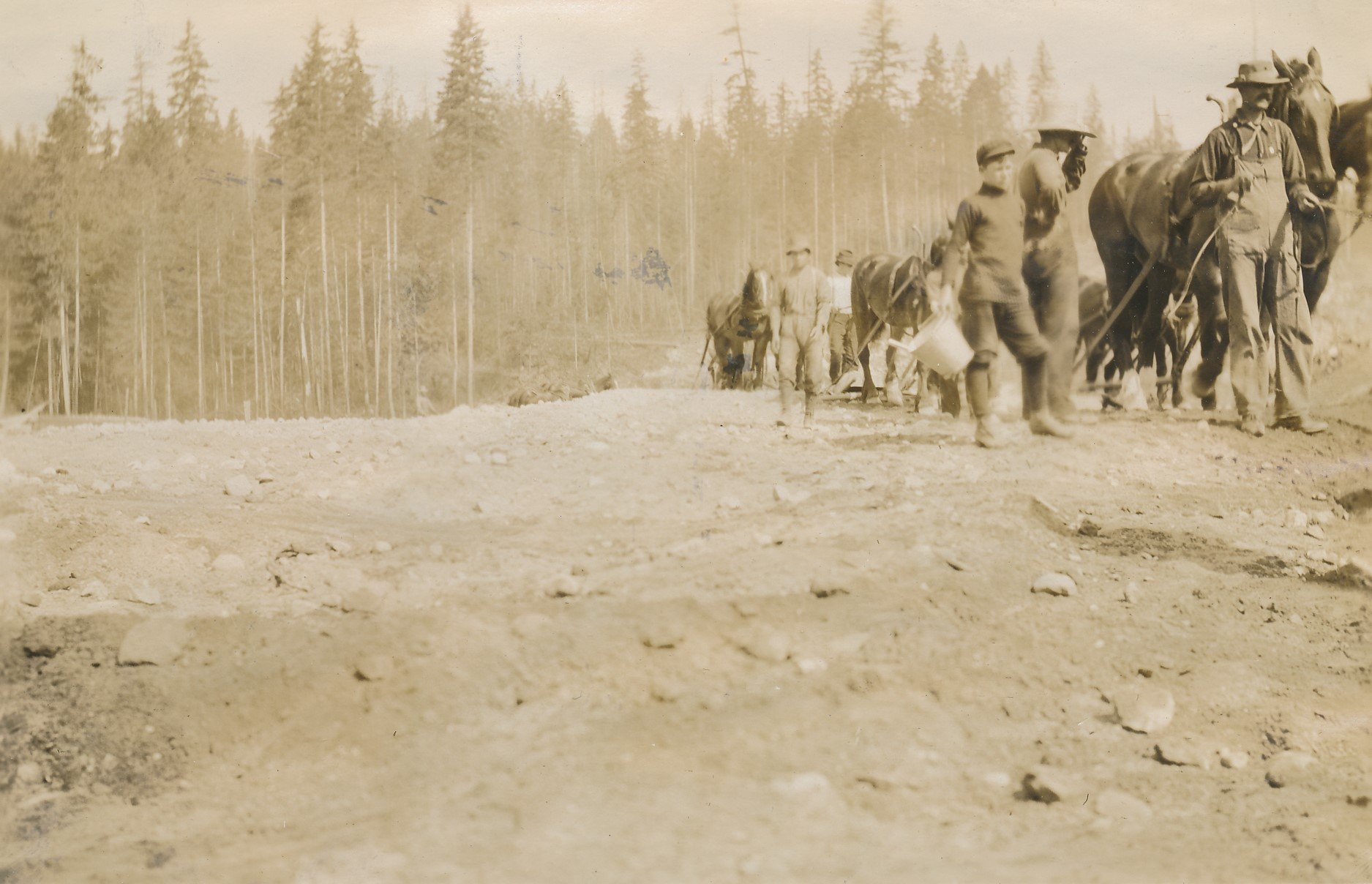
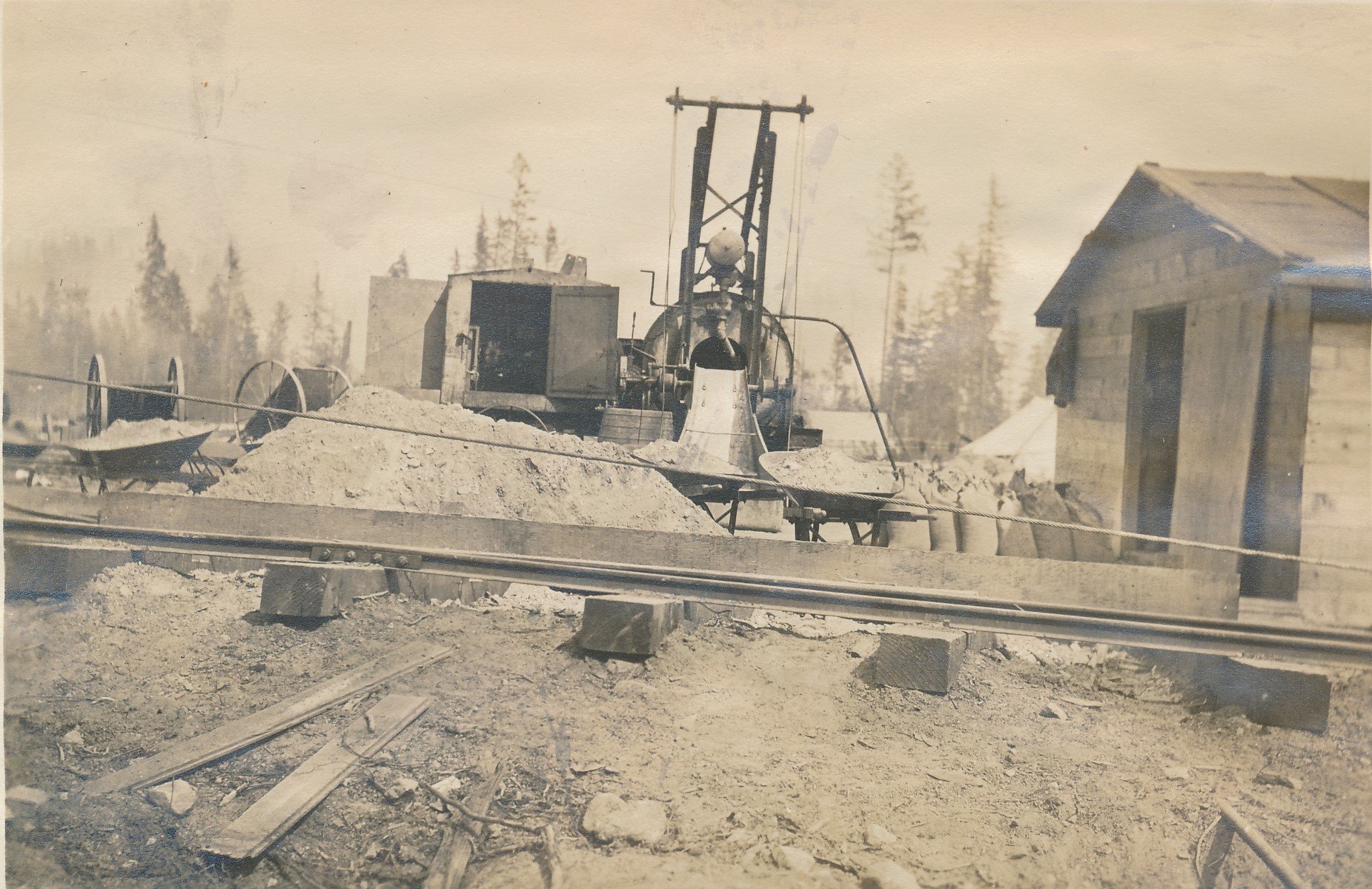
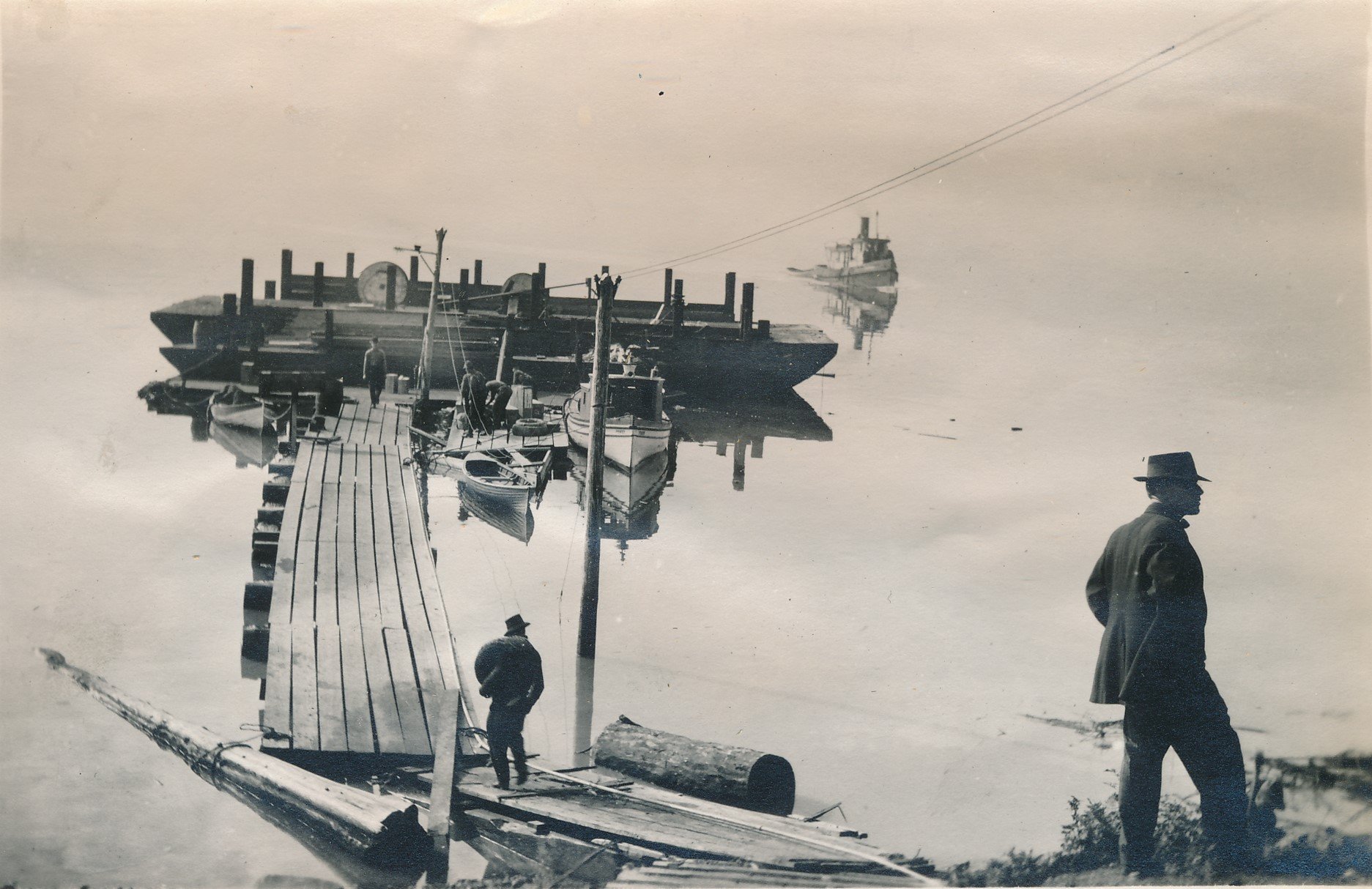

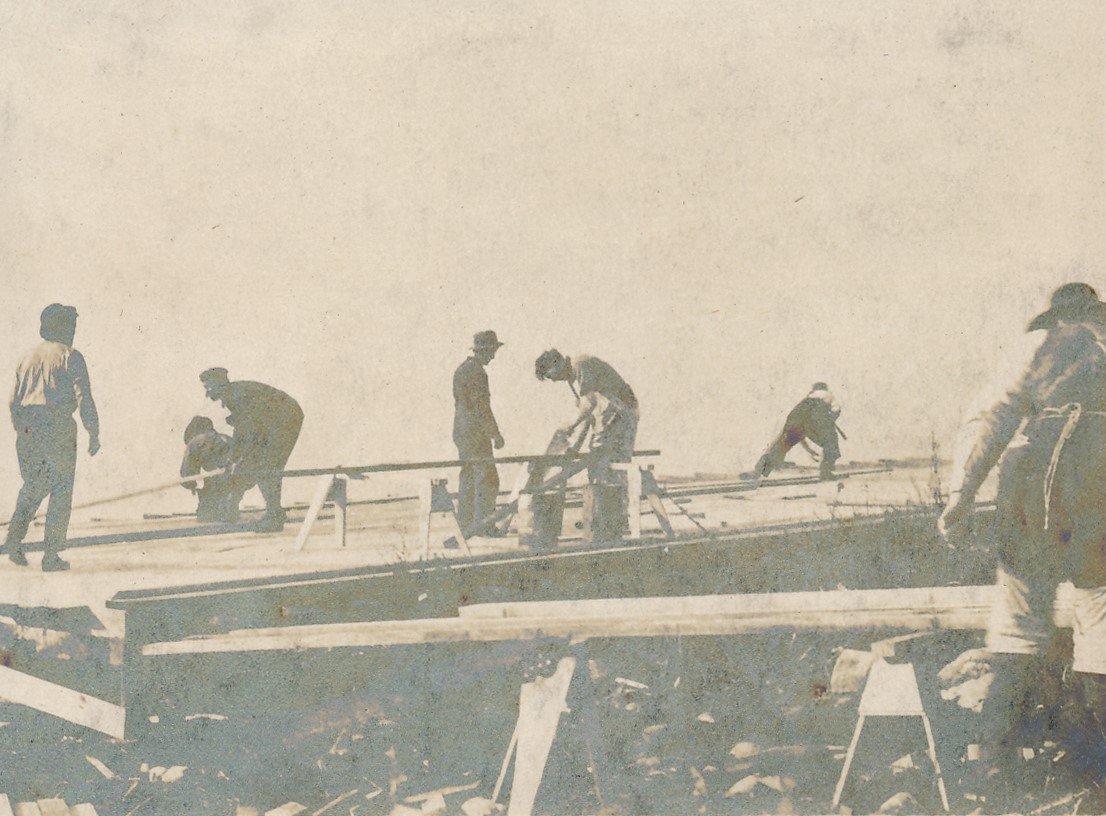
Community Memories
Eileen Olson
The men that got jobs at the refinery were delighted. They felt they were set for life. Even the great depression didn’t affect the security enjoyed by the locals.
Carol Crawshaw ( Nee Grant)
My great grandfather was Arnold Grant and he was the Superintendent in Ioco for many years. He was also the one who initiated the start of the lawn bowling green. Both of my grandparents were raised in Ioco.
Jeanette Machan
My grandfather, John Leggett, on my paternal side of the family, was one of the first men in here. They had to come in by boat, there was no road around from Port Moody to Ioco. And it was called IMPOCO, I-M-P-O-C-O, Imperial-IMP, Oil, and then Company. And then, I don’t know what year, but it was shortened to Ioco, I-O-C-O.
Mr. Laidlaw
They had sheep on the plant to keep the grass down at times and the wild deer would get into-They would jump over the fence and get in with the sheep and it was quite the place there, to work.
Don Hart
They brought in a superintendent one time who got let go because he signed a contract with the union. He gave everybody two bits an hour raise, rather than see them walk off the job. That would have been our first strike. And he met everybody at the gate and he says. ‘You’re not going on strike, I won’t allow it. I’ll give you $.25 an hour more.’ And everybody accepted it. I was so glad because I worked at the office and I had to cross the picket line and walk past everybody I knew, which was going to be hard for me.
Heather Sjoquest (Nee Robinson)
My grandparents were Bert and Helene May Dowding. They were sent with another couple to the refinery site to get the area ready for the workers in 1914 when they started building the refinery.
Bert was responsible for the Ioco Sign lighting up - he was an electrician.
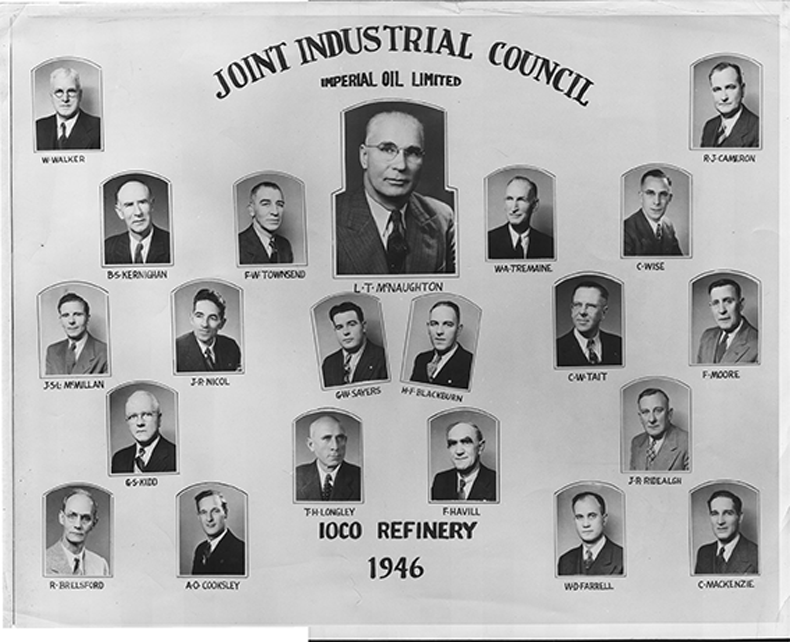
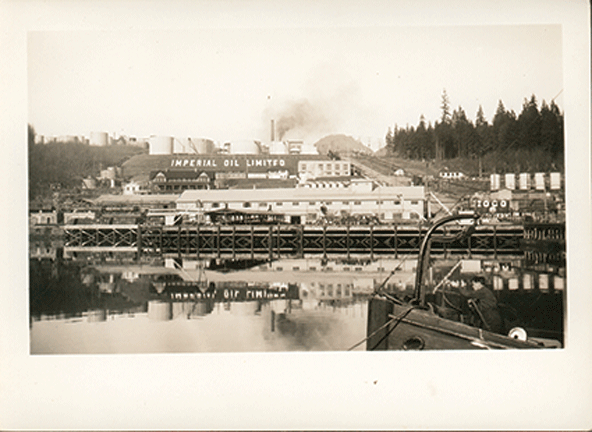
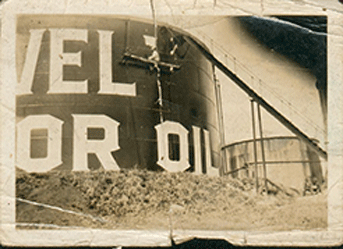

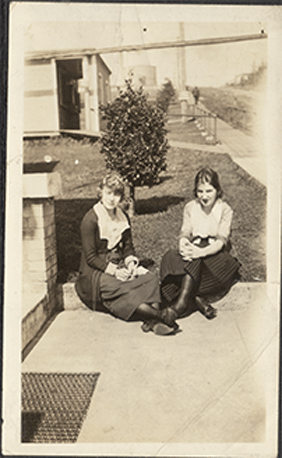
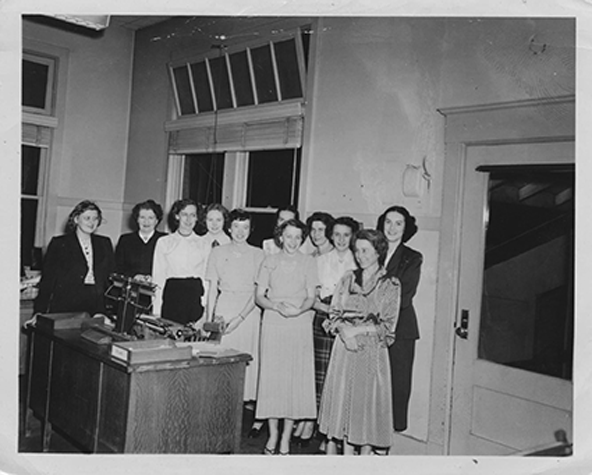
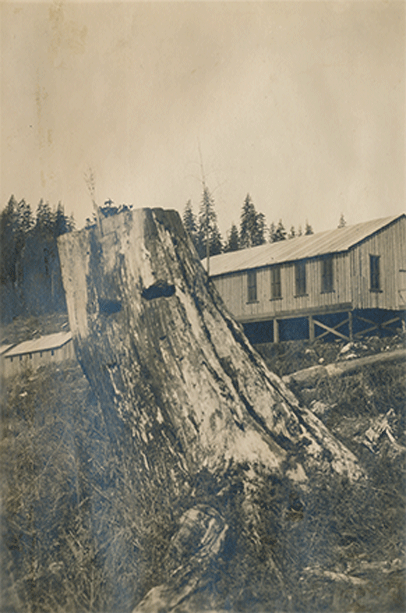
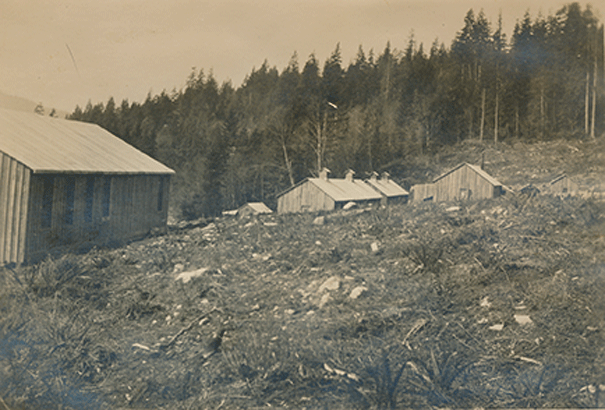
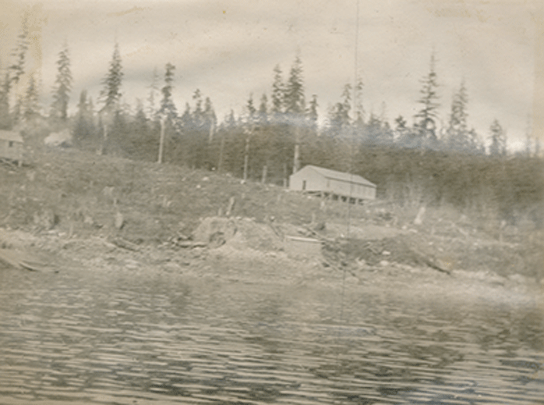
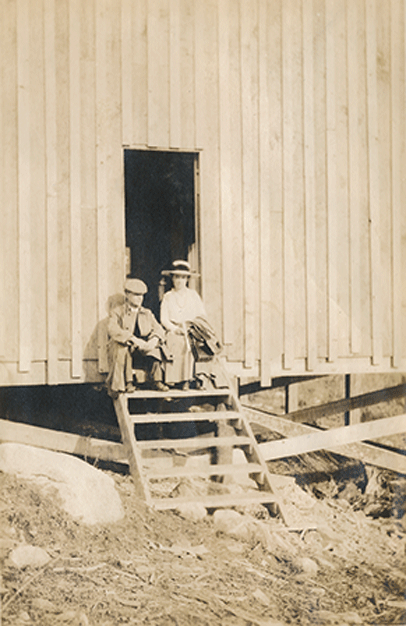
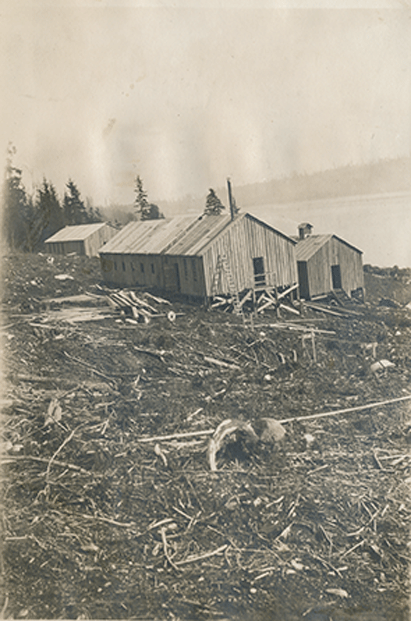
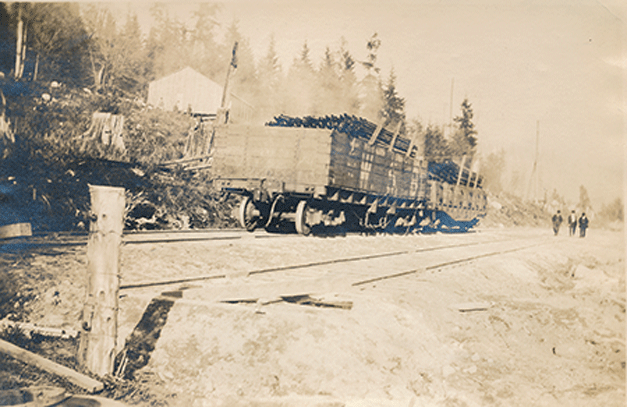
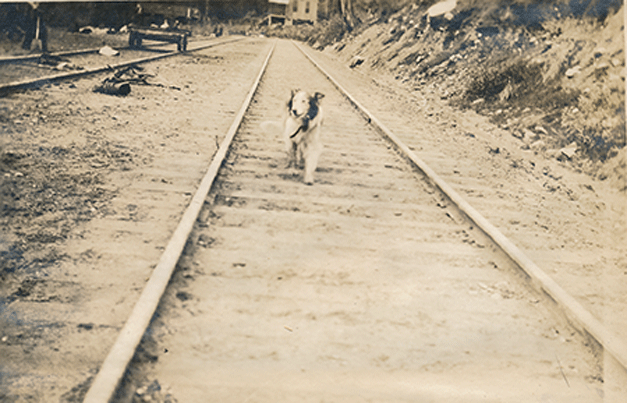
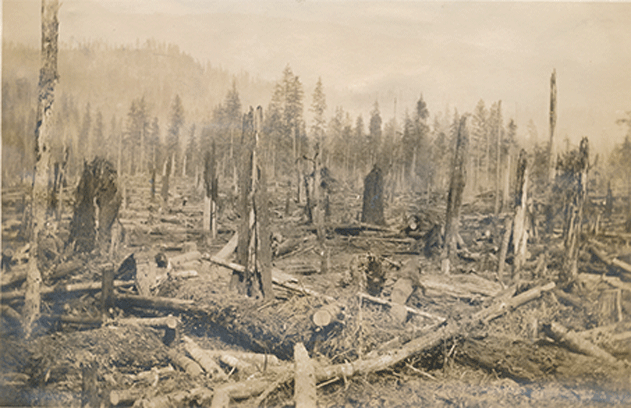
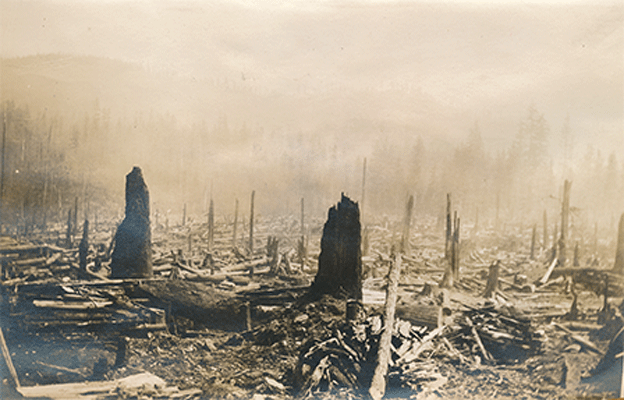

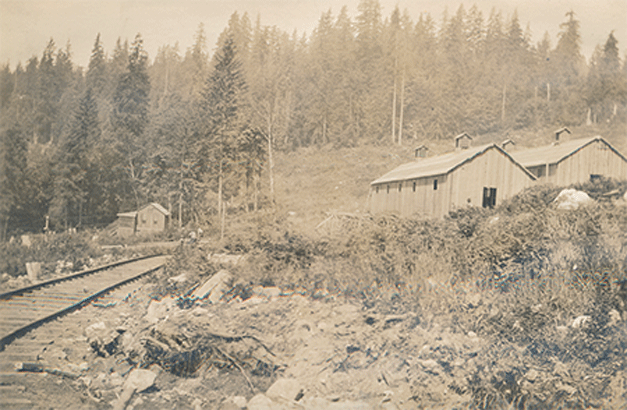
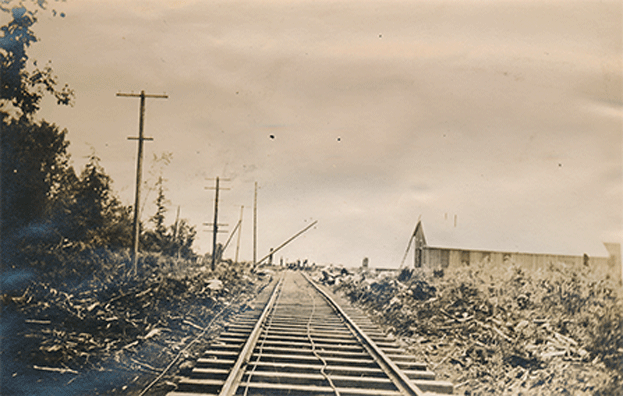
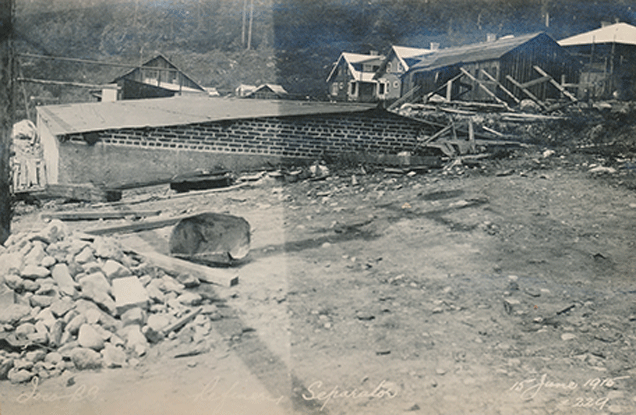

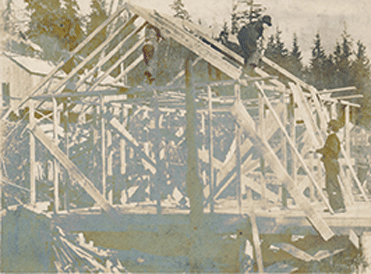
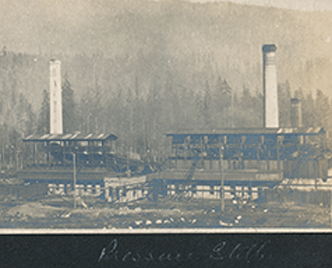
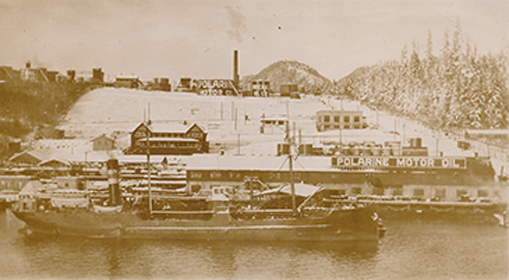
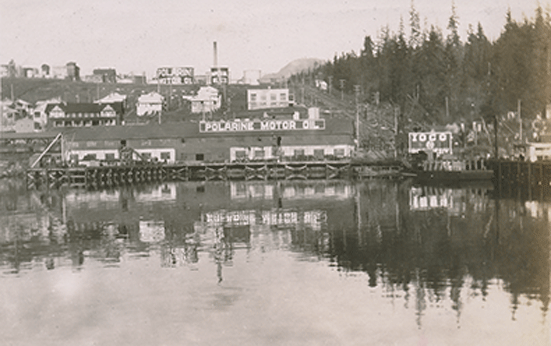
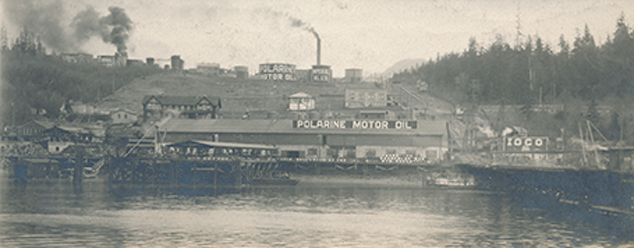
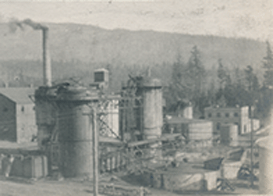
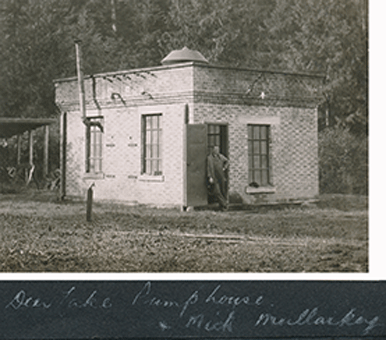
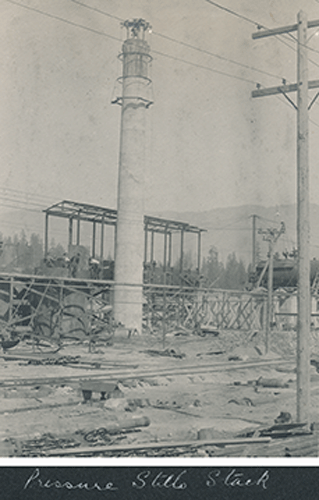
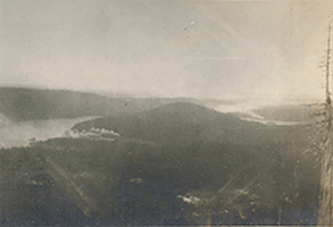
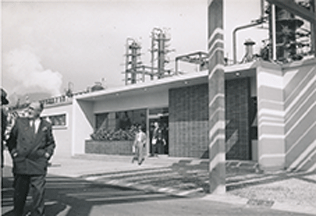
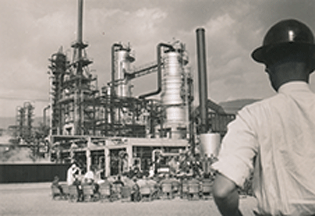
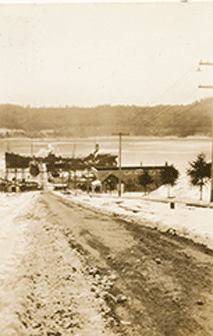
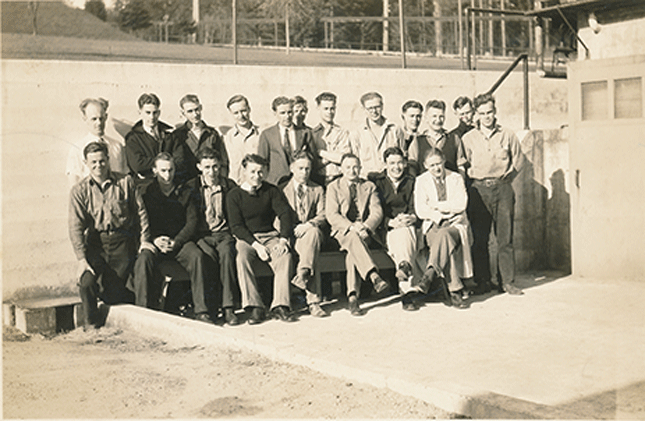
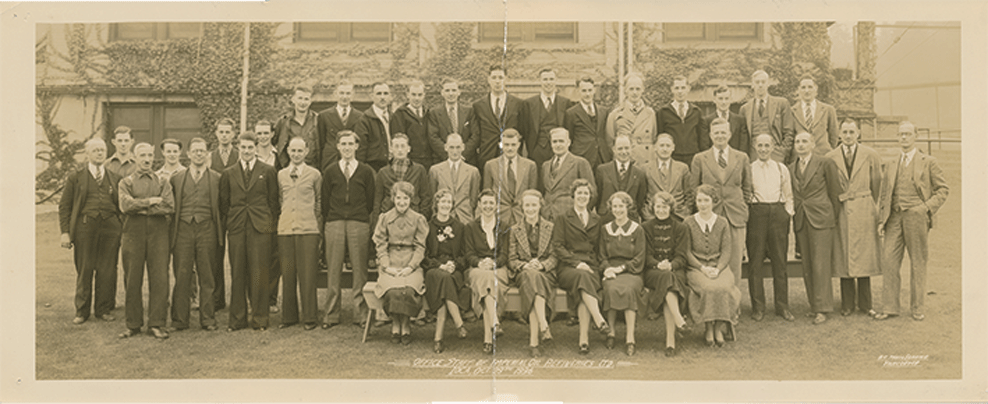
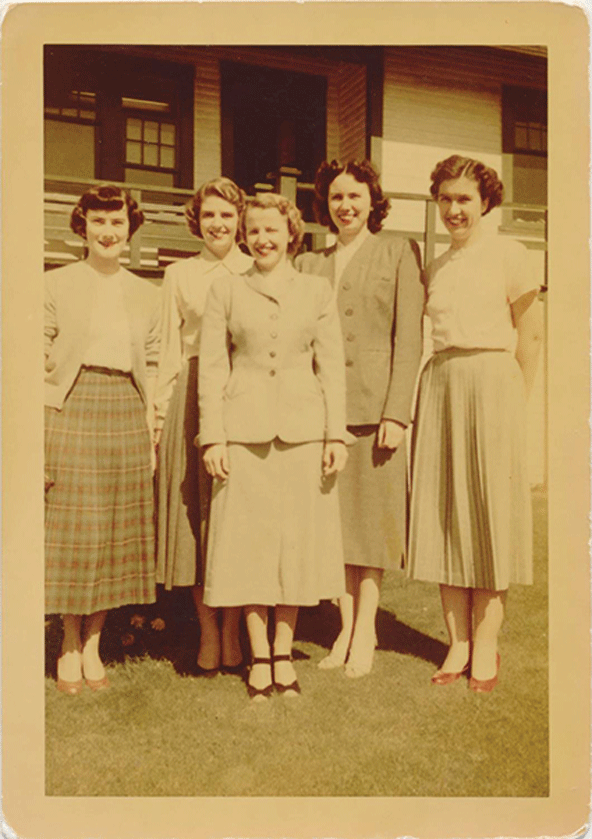
Letter by George Leonard Herbert Abray
George Abray was born in Vancouver, British Columbia on August 17, 1902. He was the only son of Jackson T. Abray, who was the first police constable of Vancouver after the great fire of June 13, 1886.
George was employed as a Clerk at the Imperial Oil Ioco site from 1919 to 1925 working for J. (Jack) B. Shadwell – Chief Shipping Clerk of the Ioco Refinery. He is listed as a resident of Ioco during that period in the British Columbia City Directories.
The letter dated April 30, 1919 was addressed to his sister Aida Maude Abray-Snowden and included descriptions and photographs of the Ioco refinery at that time.
Transcript of the letter by George Abray
Ioco, B.C.
April 30, 1919
Dear Aida,
Well, I am going to send you some pictures at last. They are not of the plant but perhaps seeing that they are taken here, they may prove interesting.
No. 1 is a picture of the Club House. I was half way up the side of the tank when I took it (incidentally nearly breaking my neck). It’s not very good but it’s the best one I’ve got. No. 2 is a picture of the plant, looking north from the end of the big dock. The long building in the foreground is the Filling House. On the south corner is my office. The main office is the brick building seen directly above. The plant doesn’t seem to be on much of a hill, but it seems like about 45 degrees when you are walking up it. No. 3 is another picture looking straight down the dock. The building which has “Ioco Refinery”
Page 2
On it is the “Dock Pump House”, pumping all the salt water up the hills to the oil stills. What look like black cylinders are really steel barrels piled in pyramid style. There is about five thousand of these on the plant, not counting large or small drums (a large drum is seen laying lying on the dock).
No. 4 is a picture of Ted Miller, one of the dock pumpmen, + Sam Turbitt, the filling house straw boss. Miller is the hick with the dog. The “Dock Pump House” forms the background. Taken from the filling House office door.
No. 5 is a picture of the “Filling Rack” where tank cars are filled. It is really about twice as long as is shown. This is taken from on top of a “rack” car on the Filling House track. Dance Hall is in the background.
No. 6 is a picture showing some Filling Rack men and also a tank car being filled
The fumes, when filling, are fierce, that is if they are running
Page 3
gasoline. The fellow sitting on the car is Geo. Clayton, who used to be a car repairer at North Bend. He used to play his violin at the dances there. The fellow standing up behind him is Christie Buford who used to work at Elliot’s Grocery, the store where Auntie Carrie deals. A pile of about 500 steel ½ barrels is shown in the background.
No. 7 shows Miss Olga Smith, one of the stenographers. Not what you’d call handsome, but lot of fun in her. Usually takes orders from Mr. J.B. Shadwell, chief shipping clerk. We usually call him “Hercules” or “Herky” for short because he’s more hysterical than any girl + about as strong as a cat. Will send you his picture next time.
No. 8 is the interior of my office, but it didn’t come out very well. By the way, I got a helper about two weeks ago. The joke of it is, he’s about three
Page 4
Years older than I am.
No. 9 is taken in front of the Club House (about a year ago). The fellow with the strained look on his face, holding the stick of wood that represents a bat is Lacy Fisher, one of Shadwell’s assistants. The fellow who is supposed to be pitching is Leslie McCabe, another one of Shadwell’s assistants. They have both left since then. Fisher was up here today looking for a job. He has a glass eye. The “catcher” is Jimmy Elley, one of the nicest fellows here. He has quit also. The “umpire” at the back is Mr. Shadwell himself. This picture is taken at the front of the Club House. The ground has since been turned into a basketball court.
No. 10 is “the dog”. A nifty Airedale Name: “Felix”.
No. 11 Swimming group. From left to right Al Templeton, Eric Davies + Geo. McCombe, the “husky boy”.
Page 5
No. 12 is rather humorous. The one on the left is Melbourne Vye, the other is G. E. McCombe. Pipe the physique!
That’s all the pictures this time. I’m just about finished writing, too. Hope everybody is well as we are just now.
Your loving brother,
George
Animated History
Using the myHeritage website we have animated George Abray. We used one of the few pictures we have of Mr Abray to give the impression that he is narrating his own history.




















